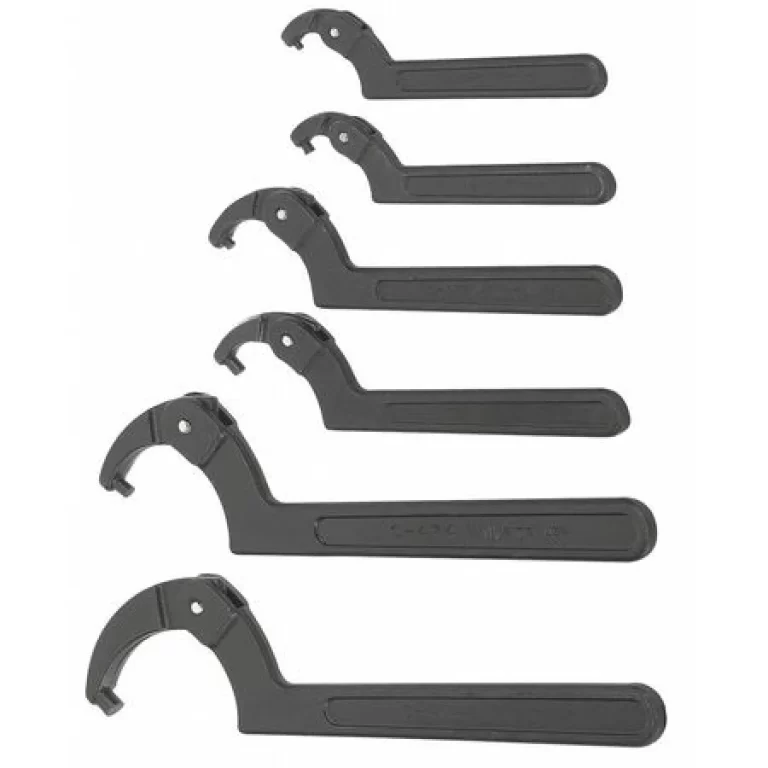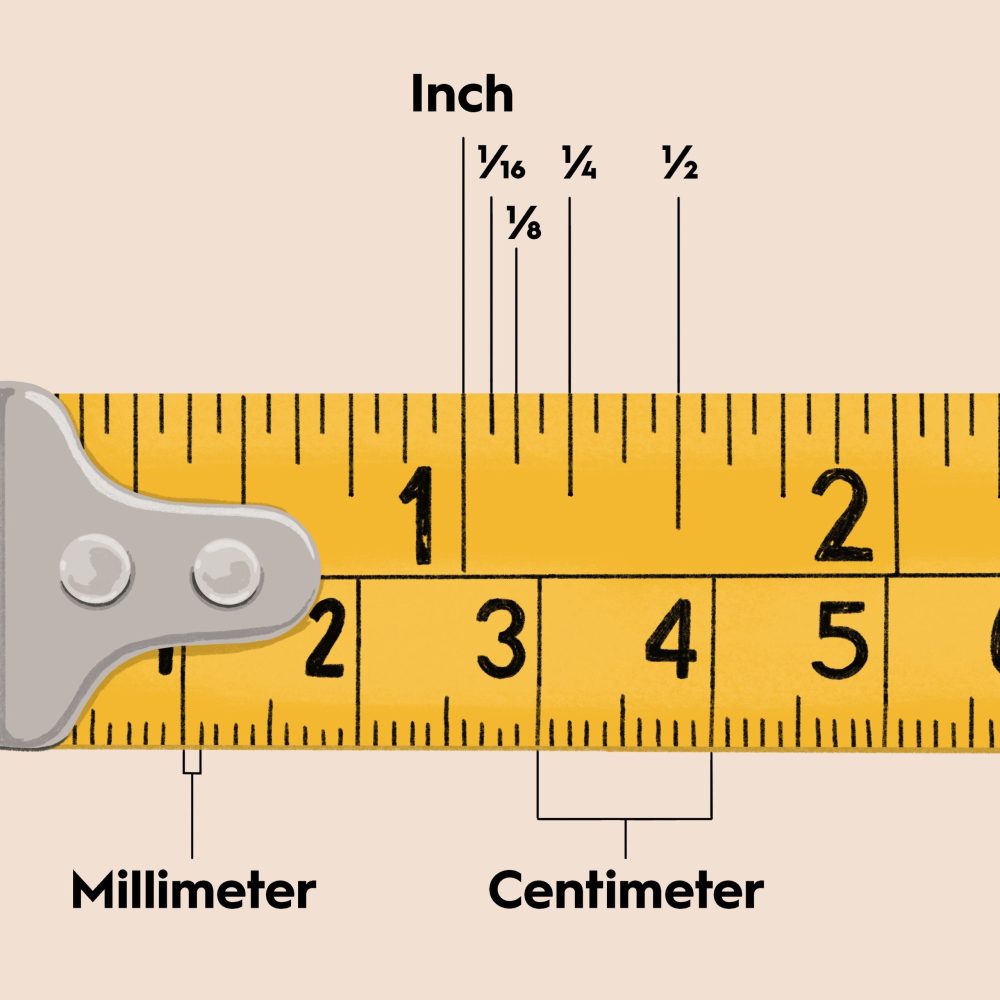
Measurements on a Tape Measure: A Guide to Accurate Readings
Whether you’re a seasoned professional or a DIY enthusiast, mastering measurements on a tape measure is essential for ensuring precision and accuracy in every project. From woodworking to home improvement tasks, understanding how to effectively use a tape measure can make all the difference. In this comprehensive guide, we will explore various aspects of measurements on a tape measure, providing you with the knowledge and skills needed to tackle any measuring challenge with confidence.
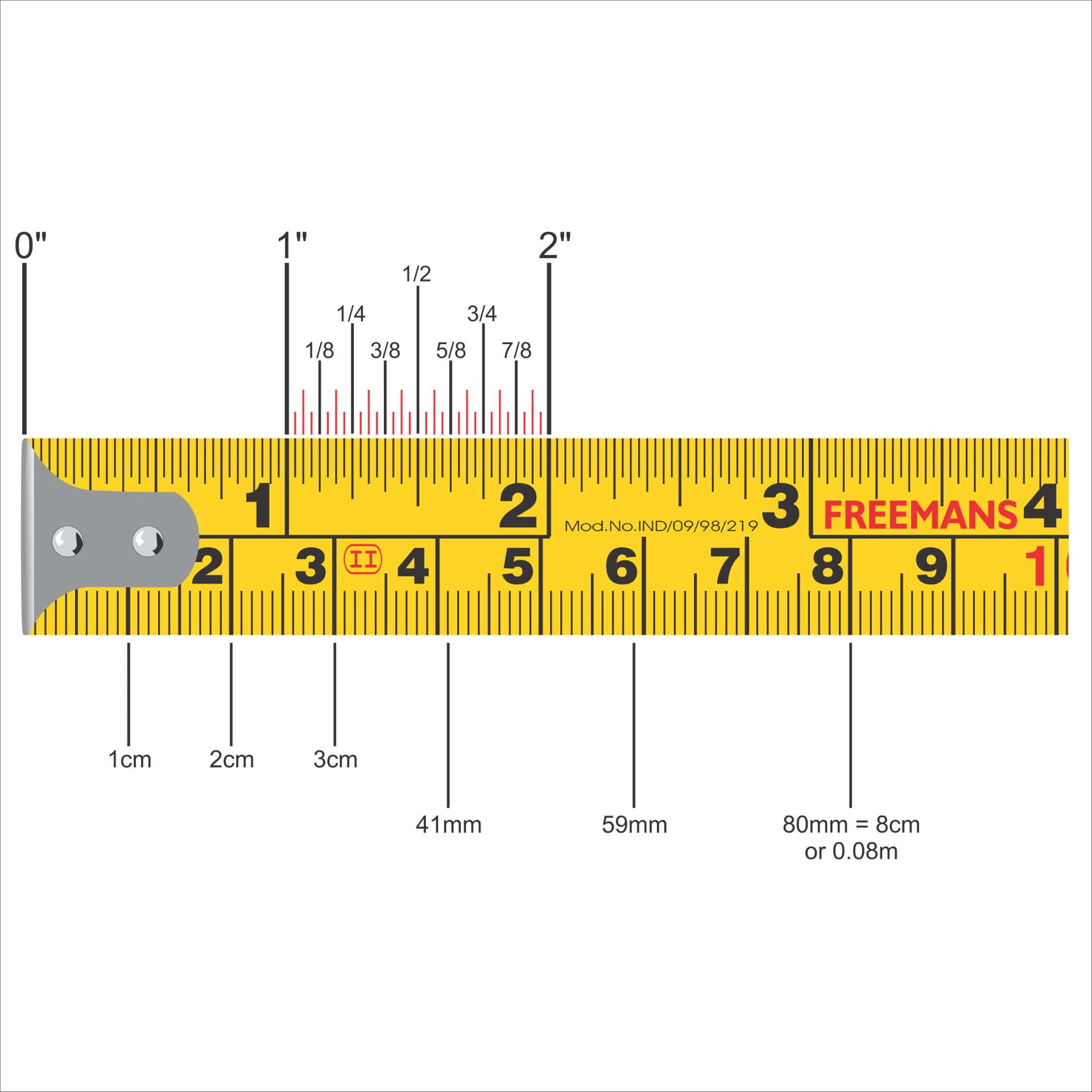 Understanding the Basics of a Tape Measure
Understanding the Basics of a Tape Measure
Before diving into the intricacies of measurements, it’s crucial to grasp the fundamental components of a tape measure. This knowledge serves as the foundation for accurate measurement and effective usage.
Components of a Tape Measure
A typical tape measure consists of several key parts: the casing, the tape itself, the hook, and the locking mechanism. The casing houses the tape and provides a grip for ease of use. The tape is marked with both standard and metric units, allowing for versatile measurements. The hook, located at the end of the tape, is designed to latch onto edges, ensuring precise measurements. Lastly, the locking mechanism secures the tape in place, preventing accidental retraction during use.
Understanding Measurement Units
Tape measures usually display measurements in inches and centimeters. It’s essential to understand both units, especially when working on projects that require precise measurements. Familiarizing yourself with these units ensures that you can seamlessly switch between them, depending on your project’s requirements.
Techniques for Accurate Measurements
Achieving accuracy is paramount when taking measurements. Implementing the right techniques can significantly enhance the precision of your measurements on a tape measure.
Proper Tape Alignment
To obtain accurate measurements, always ensure that the tape is properly aligned with the starting point of the object being measured. Misalignment can lead to errors, affecting the overall quality of your project. Start by placing the hook firmly at the edge, then extend the tape to the desired length, maintaining a straight line throughout.
Reading the Tape Correctly
Reading the tape correctly is another vital aspect of accurate measurements. Pay close attention to the markings and ensure you’re reading from the correct point. Avoid parallax errors by keeping your eye level with the tape markings, which helps in obtaining a clear and precise reading.
Using the Locking Mechanism
The locking mechanism is an invaluable tool for maintaining measurement stability. After extending the tape to the required length, engage the lock to prevent unintended movement. This feature is especially useful when transferring measurements or marking lengths for cutting.
Advanced Measurement Techniques
Once you’ve mastered the basics, you can explore advanced techniques to enhance your measurement skills further.
Measuring Non-Linear Objects
Measuring curved or irregularly shaped objects requires a flexible approach. Instead of stretching the tape tightly, allow it to follow the natural contours of the object. This method ensures that you capture the true dimensions without distortion.
Double-Checking Measurements
Double-checking your measurements is a best practice that can save you from costly mistakes. After taking an initial measurement, retract the tape and measure again to confirm consistency. This simple step verifies accuracy and provides peace of mind.
Using Both Metric and Imperial Units
Many projects may require both metric and imperial measurements. Learn to switch between these units seamlessly by familiarizing yourself with their equivalent values. This dual proficiency broadens your versatility, enabling you to handle a wider range of tasks effectively.
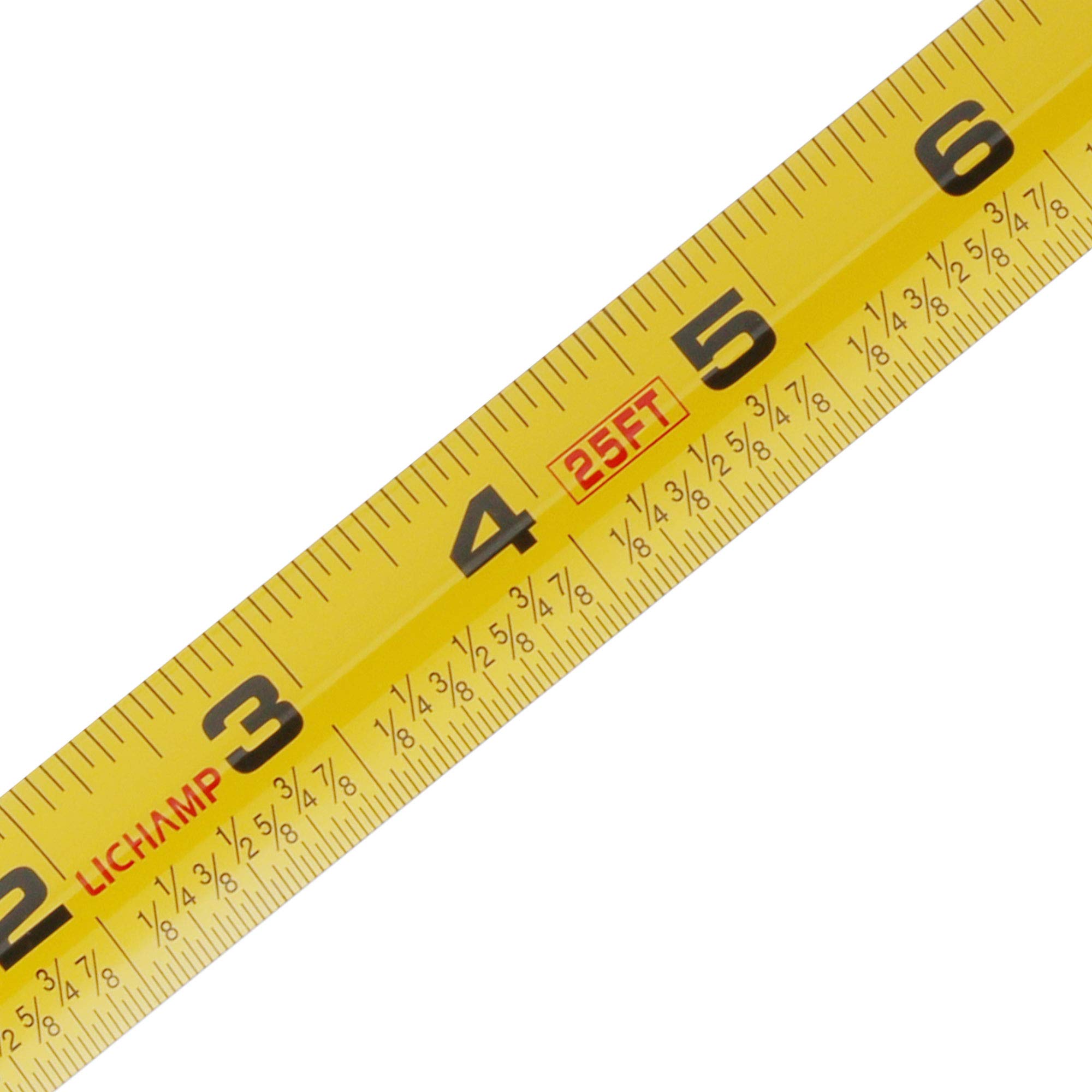 Maintenance and Care for Your Tape Measure
Maintenance and Care for Your Tape Measure
Proper maintenance of your tape measure is essential for ensuring its longevity and continued accuracy.
Regular Cleaning
Dirt and debris can accumulate on the tape, leading to inaccurate readings. Regularly clean the tape with a dry cloth, removing any particles that might interfere with its functionality. For stubborn grime, use a mild cleaning solution, but ensure the tape is thoroughly dried afterward.
Storage Tips
Store your tape measure in a dry, safe place to prevent damage. Avoid leaving it exposed to extreme temperatures or moisture, which can cause the tape to warp or the casing to deteriorate. When not in use, retract the tape fully to maintain its integrity and prevent tangling.
Inspecting for Wear and Tear
Periodically inspect your tape measure for signs of wear and tear. Look for frayed edges, bent hooks, or any inconsistencies in the tape markings. Addressing these issues promptly ensures your tape measure remains reliable and accurate.
Common Mistakes to Avoid
Avoiding common mistakes can significantly improve the accuracy and efficiency of your measurements on a tape measure.
Using the Tape Incorrectly
Misuse of the tape, such as twisting or bending it excessively, can lead to inaccurate measurements. Always handle the tape with care, extending and retracting it smoothly to maintain its shape and functionality.
Ignoring Tape Extension Rules
When extending the tape beyond one meter or one yard, use the thirty-nine-twelfths rule to account for the additional length. This rule ensures that the tape remains accurate over longer measurements, preventing errors in your calculations.
Relying Solely on Memory
Relying solely on memory for measurements can lead to mistakes, especially in complex projects. Instead, write down measurements as you go, ensuring that you have a reliable reference to prevent errors and maintain accuracy throughout your project.
Practical Applications of Measurements on a Tape Measure
Understanding how to apply your measurement skills in real-world scenarios enhances your overall proficiency and efficiency.
Woodworking Projects
In woodworking, precise measurements are crucial for ensuring that pieces fit together seamlessly. Use your tape measure to accurately measure lengths, widths, and depths, enabling you to create precise cuts and joints. This accuracy not only improves the quality of your work but also reduces material waste.
Home Improvement Tasks
From hanging pictures to installing shelves, home improvement tasks often require precise measurements. Accurately measuring spaces and materials ensures that your projects are both functional and aesthetically pleasing. Additionally, precise measurements help in avoiding costly mistakes, saving you time and resources.
Sewing and Tailoring
In sewing and tailoring, accurate measurements are essential for creating well-fitted garments. Use your tape measure to measure body dimensions and fabric lengths, ensuring that your creations are comfortable and stylish. Precision in measurements contributes to the overall quality and fit of your garments.
Enhancing Efficiency with a Tape Measure
Improving your measurement efficiency can lead to faster project completion and better results.
Familiarizing Yourself with the Tape
Take the time to familiarize yourself with the tape’s markings and features. Knowing where specific measurements are located and how to quickly interpret them can streamline your workflow, making your projects more efficient.
Practicing Regularly
Regular practice enhances your measurement skills, making them second nature. Incorporate precise measuring into your daily tasks, and over time, you’ll find that your speed and accuracy improve significantly.
Investing in a Quality Tape Measure
Investing in a high-quality tape measure can make a substantial difference in your measuring tasks. Quality tape measures offer better durability, clearer markings, and more reliable locking mechanisms, all of which contribute to more accurate and efficient measurements.
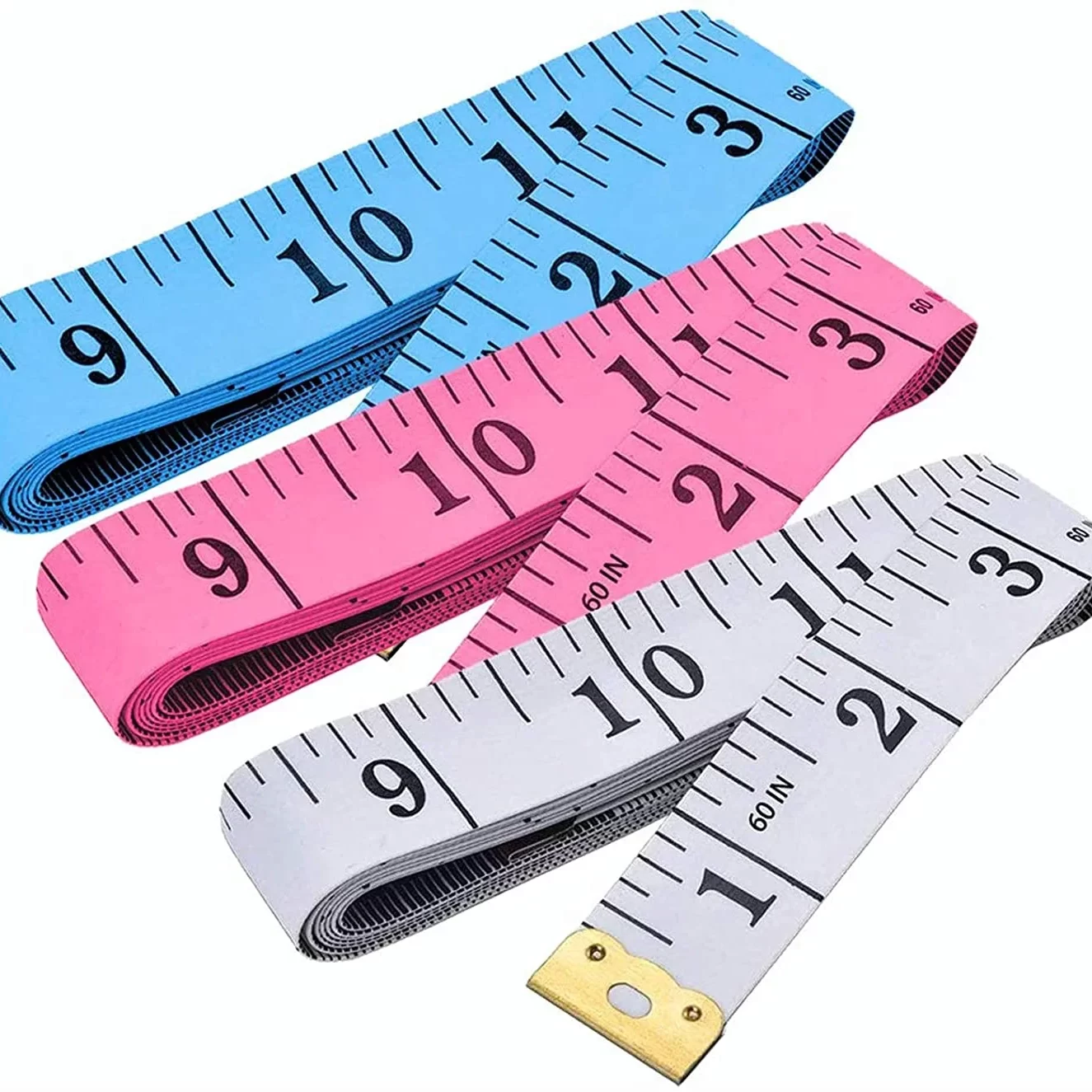 Choosing the Right Tape Measure for Your Needs
Choosing the Right Tape Measure for Your Needs
Selecting the appropriate tape measure is crucial for achieving the best results in your projects.
Length and Flexibility
Consider the length and flexibility of the tape measure based on your typical projects. For larger projects, a longer tape measure provides the necessary range, while a more flexible tape is better suited for measuring curves and irregular shapes.
Material and Durability
Choose a tape measure made from durable materials to withstand regular use and potential harsh conditions. Tapes made from reinforced steel or fiberglass offer superior durability, ensuring that your tape measure remains reliable over time.
Additional Features
Look for additional features that can enhance your measurement experience, such as magnetic hooks, belt clips, and easy-to-read markings. These features add convenience and improve the overall functionality of your tape measure.
Tips for Accurate Measurements in Challenging Situations
Sometimes, measuring can be challenging due to various factors. Here are some tips to help you maintain accuracy in difficult situations.
Measuring Uneven Surfaces
When measuring uneven surfaces, use the tape measure’s flexibility to conform to the contours. Alternatively, use a straight edge or level to help guide the tape, ensuring a more accurate measurement.
Working in Low Light
Low light conditions can make reading measurements difficult. Consider using a tape measure with bright, contrasting markings or equipped with a built-in light to enhance visibility, ensuring you can measure accurately even in dark environments.
Handling Large or Heavy Objects
Measuring large or heavy objects can be cumbersome. Use a tape measure with a sturdy hook and a locking mechanism to secure the tape in place, allowing you to take measurements without struggling to hold the tape steady.
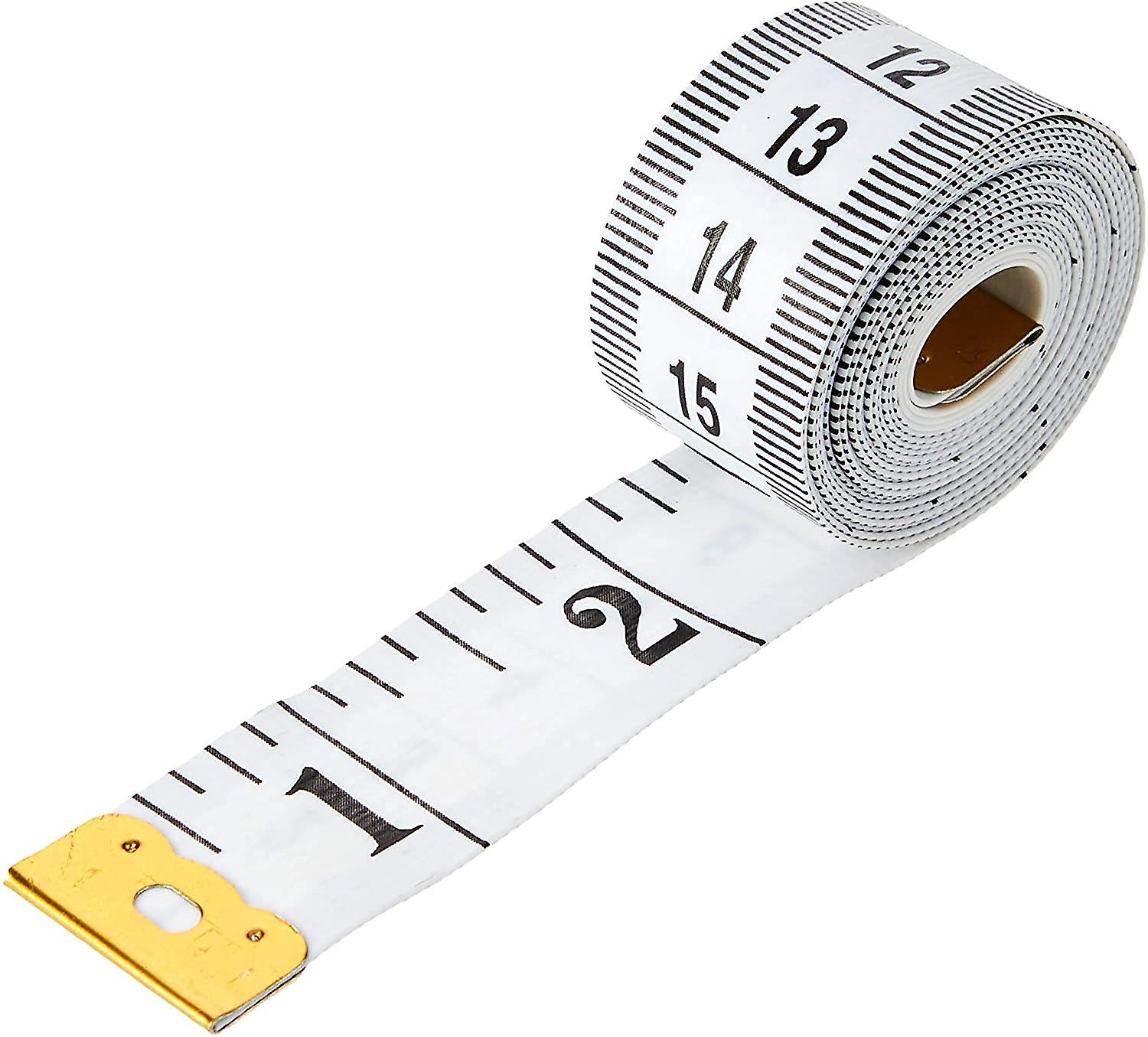 Leveraging Technology for Enhanced Measurement Accuracy
Leveraging Technology for Enhanced Measurement Accuracy
Modern technology offers tools that can complement traditional tape measures, enhancing your measurement accuracy and efficiency.
Digital Tape Measures
Digital tape measures provide precise measurements with easy-to-read digital displays. These devices often include additional features such as memory storage, which allows you to record and transfer measurements effortlessly.
Laser Distance Measurers
Laser distance measurers offer a quick and highly accurate way to take measurements, especially over long distances or in hard-to-reach areas. These devices eliminate the need for physical tape extensions, reducing the risk of errors and enhancing efficiency.
Measurement Apps and Software
Measurement apps and software can further enhance your measuring capabilities by providing advanced features such as digital annotations, data storage, and integration with other project management tools. These technologies streamline your workflow and ensure that your measurements are accurate and easily accessible.
Safety Considerations When Using a Tape Measure
Ensuring safety during measurement tasks is essential to prevent accidents and injuries.
Handling the Tape Measure Properly
Always handle the tape measure with care, avoiding sharp bends or twists that could cause the tape to snap back unexpectedly. Maintain a firm grip and extend the tape slowly to prevent sudden movements.
Using Protective Gear
In certain situations, using protective gear such as gloves can prevent injuries from accidental tape snaps or from handling rough materials. Gloves provide a better grip and protect your hands from potential hazards.
Storing the Tape Measure Safely
Store your tape measure securely to prevent it from falling or causing damage. Keep it in a designated tool area where it’s easily accessible yet safely tucked away when not in use.
 Conclusion
Conclusion
In conclusion, mastering measurements on a tape measure is an invaluable skill that enhances the quality and efficiency of your projects. By understanding the basics, employing accurate techniques, maintaining your tape measure, and leveraging modern technology, you can ensure precision in every task you undertake. Whether you’re engaging in woodworking, home improvement, or any other measurement-dependent activity, the insights and strategies discussed in this guide will help you achieve outstanding results with confidence and expertise.

